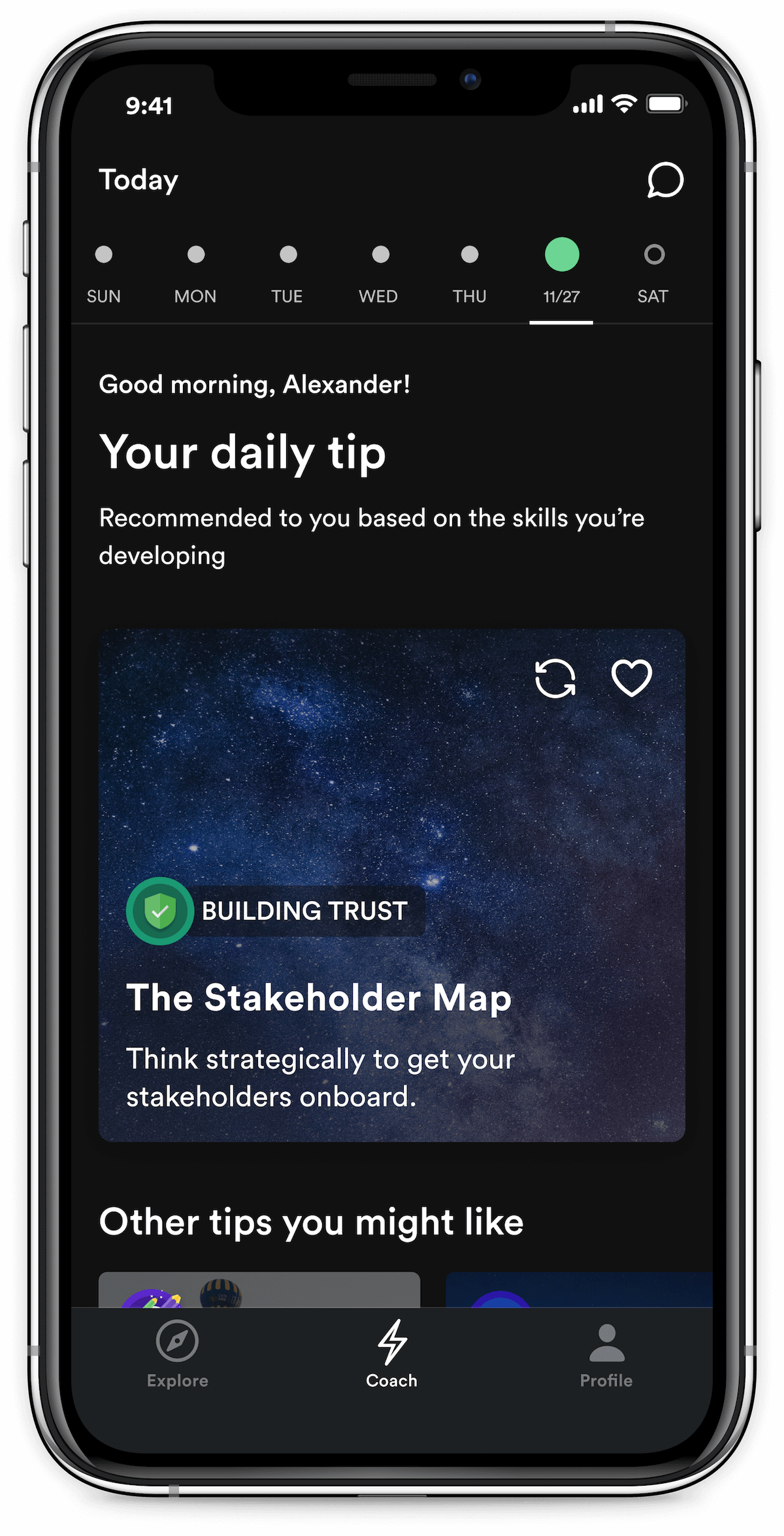Listen Like a Trampoline
The truth behind what great listeners actually do.

Inspired by:
Jack Zenger, bestselling author, speaker, and national columnist for Forbes and HBR

🤫 The truth about great listeners
Most people think being a good listener comes down to 3 components: • not interrupting the speaker • following along with body language • being present
But instead of thinking of good listeners like sponges, we need to think of them as a trampoline - someone you can bounce ideas off, who amplifies and supports you with constructive feedback.
In an HBR training program of over 3000 people, data showed 4 key behaviors that makes for more effective listeners...
💡 1. Ask questions to promote discovery
Great listeners don’t just stay silent and nod along, they ask good questions.
This tells the speaker you’ve not only heard what they’ve said, but you’ve comprehended it well enough to want additional information.
Imagine your team members stepped into a new role...
Instead of saying: “I’m glad you’re enjoying it” Try asking: “This sounds fulfilling for you. What are you most excited about?”
💌 2. Build the other person's self-esteem
Great listeners make the other person feel supported. They create a safe environment in which issues and differences can be discussed openly.
For example: “We have the feeling we don't agree on how this feature should look – I want to hear all of your thoughts as you’ll probably think of things I haven't.”
👯 3. Treat conversations as co-operations
Great listeners see conversations as an opportunity to collaborate and meet in the middle. They make an effort to build on ideas, instead of dismiss them.
For example: “Your campaign idea is strong, so let’s talk about execution. What do you think about allocating a larger budget for marketing assets, so we can get the reach we need?”
🙋 4. Make suggestions
HBR found that in conversations with great listeners, feedback flowed smoothly in both directions, with neither party becoming defensive about comments the other made.
For example: “I think it’s important that we use an accessible core message. The one we have now could alienate some people.”
🦘 Get bouncing
The next time you’re in a 1:1, a group call or even a partner or friend, remember these 4 tactics to make the conversation as enriching as possible.
Just watch them keep bouncing back for more!

Become a world-class leader in two minutes a day